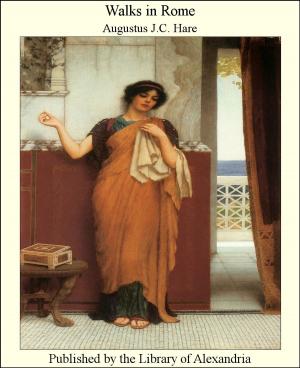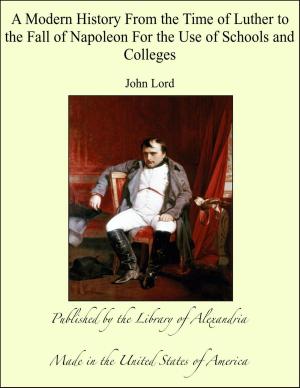| Author: | William Henry Burr | ISBN: | 9781465546166 |
| Publisher: | Library of Alexandria | Publication: | March 8, 2015 |
| Imprint: | Language: | English |
| Author: | William Henry Burr |
| ISBN: | 9781465546166 |
| Publisher: | Library of Alexandria |
| Publication: | March 8, 2015 |
| Imprint: | |
| Language: | English |
NO TRUE LIKENESS OF SHAKSPERE The likeness of Shakspere in the Folio of 1623 has frequently been called “an abominable libel on humanity.” And yet its fidelity is certified by Ben Jonson in laudatory lines. Jonson was Bacon’s friend and enthusiastic admirer. If there was an original portrait of that wooden face it has never been found. If there was a better likeness of Shakspere in existence why was it not reproduced in that famous Folio? The same ugly engraving reappeared in all the later editions up tu 1685. The bust on the monument at Stratford was first noticed in 1623. It was not taken from life, and is unlike any picture of Shakspere. It presents him in the act of composition, and “the vis comica", says Boaden, “so broadens his countenance, that it is hardly a stretch of fancy to suppose him in the actual creation of Falstaff himself.” More likely, we should say, Falltaff was Shakspere—Fall-staff, Shake-spear. The most familiar pictures of Shakspere are very different from either of these, and generally far more intellectual and refined. They are pretended copies of what is called the Chandos portrait, but are not much like it. The Chandos picture was painted by an unknown artist, and has been altered by a later hand. It is said to have been owned by Sir William Davenant, who died in 1668; and he is said to have obtained it from an actor named Joseph Taylor, who died about 1653 at the age of 70. This we gather from Boaden’s “Portraits of Shakspere,” 1824. But now comes a further statement purporting to be written in Mr. Gunther’s Folio, by one Charles Lomax,, in 1781, as follows: “The only original picture now extant of Shakespeare was painted by Joseph Taylor, one of the actors,” &c
NO TRUE LIKENESS OF SHAKSPERE The likeness of Shakspere in the Folio of 1623 has frequently been called “an abominable libel on humanity.” And yet its fidelity is certified by Ben Jonson in laudatory lines. Jonson was Bacon’s friend and enthusiastic admirer. If there was an original portrait of that wooden face it has never been found. If there was a better likeness of Shakspere in existence why was it not reproduced in that famous Folio? The same ugly engraving reappeared in all the later editions up tu 1685. The bust on the monument at Stratford was first noticed in 1623. It was not taken from life, and is unlike any picture of Shakspere. It presents him in the act of composition, and “the vis comica", says Boaden, “so broadens his countenance, that it is hardly a stretch of fancy to suppose him in the actual creation of Falstaff himself.” More likely, we should say, Falltaff was Shakspere—Fall-staff, Shake-spear. The most familiar pictures of Shakspere are very different from either of these, and generally far more intellectual and refined. They are pretended copies of what is called the Chandos portrait, but are not much like it. The Chandos picture was painted by an unknown artist, and has been altered by a later hand. It is said to have been owned by Sir William Davenant, who died in 1668; and he is said to have obtained it from an actor named Joseph Taylor, who died about 1653 at the age of 70. This we gather from Boaden’s “Portraits of Shakspere,” 1824. But now comes a further statement purporting to be written in Mr. Gunther’s Folio, by one Charles Lomax,, in 1781, as follows: “The only original picture now extant of Shakespeare was painted by Joseph Taylor, one of the actors,” &c















